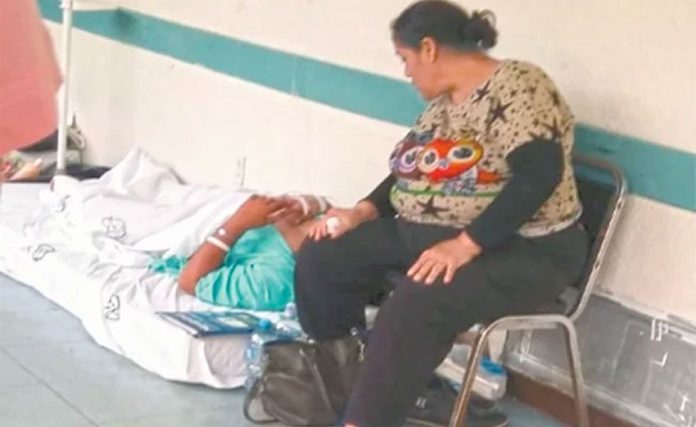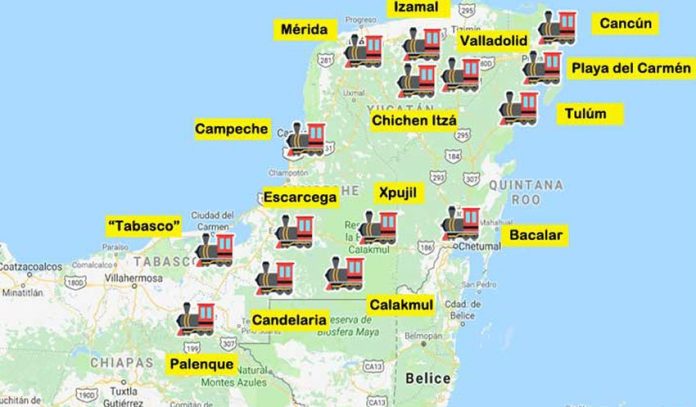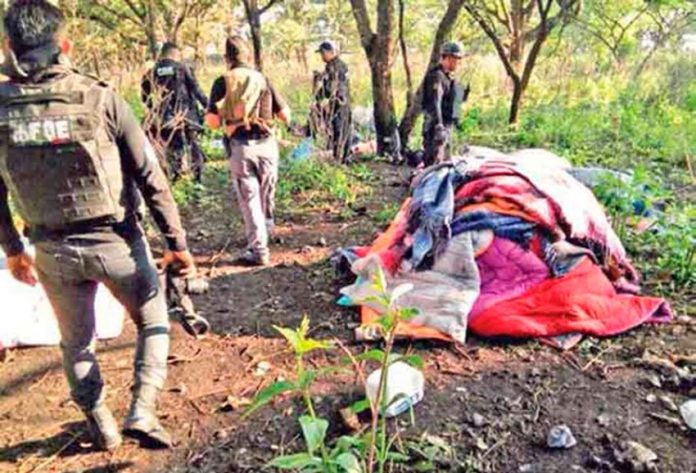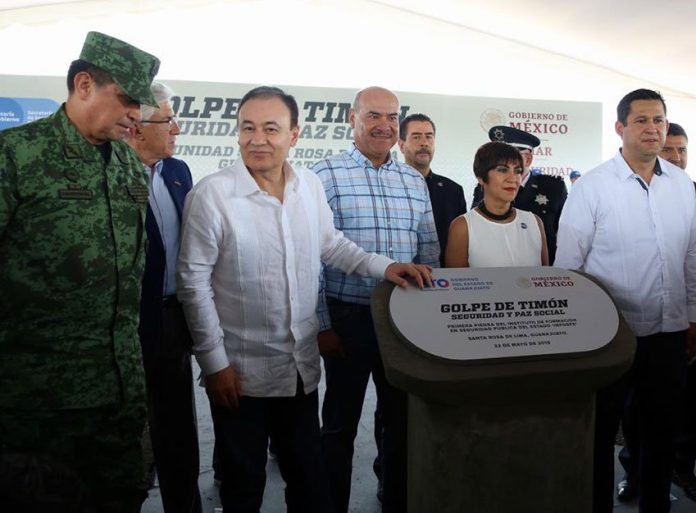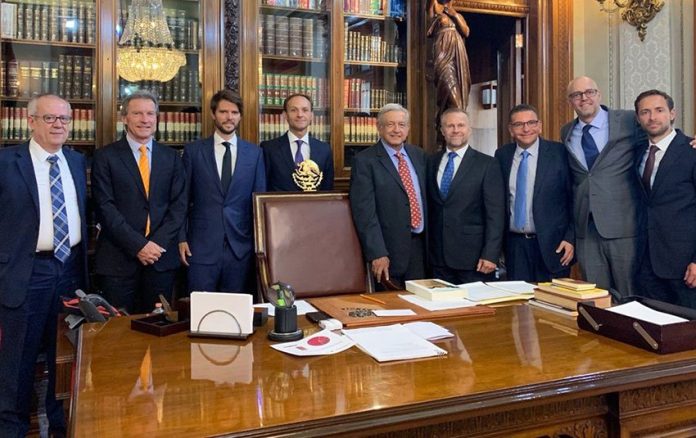Hospitals and national health institutes have warned that they are on the brink of insolvency due to federal budget cuts and the freezing of funds, threatening their ability to operate.
At a meeting with members of the budget committee of the lower house of Congress yesterday, the directors of nine government health institutes and two public hospitals said that a total of 2.3 billion pesos (US $120.7 million) has either been cut or withheld from their budgets as a result of austerity measures.
They demanded that the federal government release additional resources to ensure that they can continue to provide care to patients.
A document submitted to lawmakers warned that a shortfall in funding for the institutes of Nutrition, Pediatrics, Cancer and Neurology among others as well as the Federico Gómez Children’s Hospital of Mexico and the Gea González Hospital will reach critical levels in June.
Failing the provision of additional resources, the 11 facilities will be unable to pay for anesthetic services, purchase specialty drugs and medical equipment and hire new staff, the directors said.
They also said they wouldn’t have the funding needed to pay for overtime hours, water and internet services and predicted that the number of surgical procedures carried out would have to be reduced.
“It was an intense, important meeting,” said budget committee president Alfonso Ramírez Cuellar, a lawmaker for the ruling Morena party.
“They’re asking for the budget committee to be a mediator in a meeting with the finance secretary and the president . . .” he added.
The document entitled Position of National Health Institutes in the Face of Budget Cuts said that 50% of the budget allocated to the Federico Gómez hospital in Mexico City to subcontract medical services has been frozen.
It also said that the hospital faced shortages of anesthetics and nitric oxide, undermining its capacity to schedule surgeries and threatening the adequate treatment of serious medical conditions in newborn babies.
The document added that the hospital only has enough funds to pay cleaning staff until July and warned that nurses and lab technicians may have to be laid off.
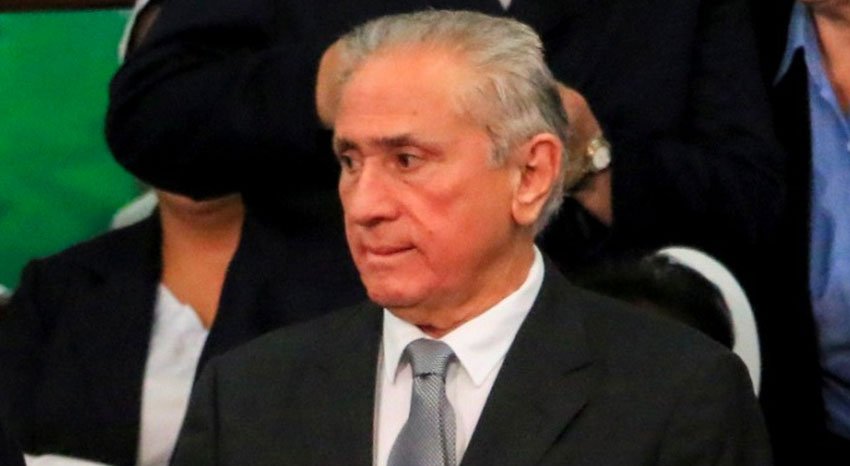
The institutes of Psychiatry, Nutrition, Respiratory Illnesses, Perinatology, Pediatrics, Geriatrics and Neurology as well as the Gea González Hospital warned that a lack of funding to hire medical personnel is affecting their capacity to provide care to patients.
“There are repercussions in the working environment, delays in medical attention, shortages of medicines . . .” said Pediatrics Institute director Alejandro Serrano.
But President López Obrador today rejected the claims that 2.3 billion pesos has been withheld from the health sector.
“There are no [fund] retention problems, [the accusations] are inventions . . . They may have a lack of information, that’s why we’re going to clear it up without any problem,” he said.
Yesterday, the president asserted that there haven’t been any staff cuts in the public health sector.
“No one is being laid off, it’s propaganda, it’s to damage us. Now you’re seeing the ‘underworld of journalism,’” he charged.
But the secretary general of the Federation of Unions of Workers at the Service of the State (FSTSE) disputed the president’s assertion, stating there have in fact been 10,000 dismissals since the new government took office.
“Of course there have been dismissals and what’s annoying is that they can provide [the president] with data that has no truthful content,” Joel Ayala said in a radio interview.
“We have proof about the number of workers in the health sector who have been dismissed, how many doctors, how many nurses . . .”
Ayala added that his union is open to dialogue with the government to discuss ways to resolve the problems currently faced by the public health system.
“We’re waiting for the president to instruct the Secretariat of Finance to open the doors for dialogue. We will present in real terms the deficiencies of the medical sector,” he said.
Source: El Universal (sp), Milenio (sp)
